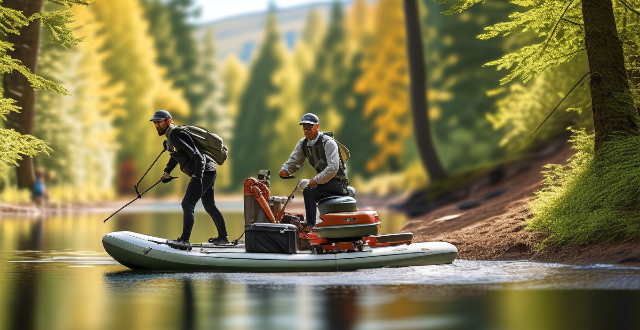Whitewater rafting is an exciting outdoor activity that requires proper safety precautions to ensure a safe and enjoyable experience. Personal safety equipment such as life jackets, helmets, and appropriate clothing are essential. Rafting techniques including paddling, communication, and teamwork are also important. Environmental considerations such as water conditions and wildlife encounters should be taken into account. By following these safety measures, participants can reduce risks and enjoy a thrilling adventure on the river.

Safety Precautions for Whitewater Rafting
Introduction
Whitewater rafting is an exciting and thrilling outdoor activity that involves navigating through rapids and rough waters in a raft. However, it can also be dangerous if proper safety precautions are not taken. In this article, we will discuss the essential safety measures you should follow during whitewater rafting to ensure a safe and enjoyable experience.
Personal Safety Equipment
Life Jacket
- Always wear a properly fitted life jacket while on the water.
- Make sure the life jacket is certified by the U.S. Coast Guard.
- Check the life jacket for any damage or wear before each use.
Helmet
- Wear a helmet specifically designed for whitewater rafting.
- Ensure the helmet fits snugly and covers your forehead and ears.
- Replace the helmet if it has been involved in a significant impact.
Wetsuit or Swimwear
- Wear appropriate clothing for the water temperature and conditions.
- A wetsuit can provide warmth and protection from scrapes and scratches.
- Avoid cotton clothing as it can weigh you down when wet.
Rafting Techniques
Paddling Techniques
- Learn proper paddling techniques from experienced guides or instructors.
- Keep your paddle vertical and parallel to the boat's centerline.
- Use smooth and controlled strokes to maneuver the raft effectively.
Communication and Teamwork
- Establish clear communication signals with your team members.
- Work together as a team to navigate through rapids and obstacles.
- Follow the instructions of your guide or leader at all times.
Handling Obstacles
- Be aware of potential hazards such as rocks, logs, or low-hanging branches.
- Stay calm and focused when approaching obstacles.
- Use proper technique to avoid or safely navigate through obstacles.
Environmental Considerations
Water Conditions
- Check the water level and flow rate before entering the river.
- Be aware of changing weather conditions that may affect the river's behavior.
- Avoid rafting during extreme weather events such as flash floods or thunderstorms.
Wildlife Encounters
- Respect the natural environment and its inhabitants.
- Avoid disturbing wildlife by maintaining a safe distance.
- Do not feed or approach wild animals.
Conclusion
By following these safety precautions, you can reduce the risks associated with whitewater rafting and enjoy a safe and exhilarating adventure on the river. Remember to always prioritize safety over thrill-seeking, and never hesitate to seek guidance or assistance from experienced professionals.